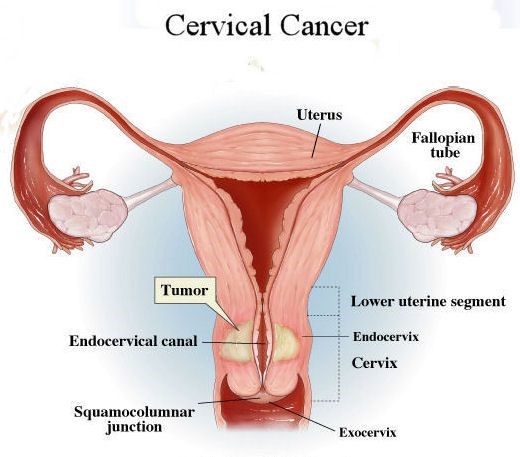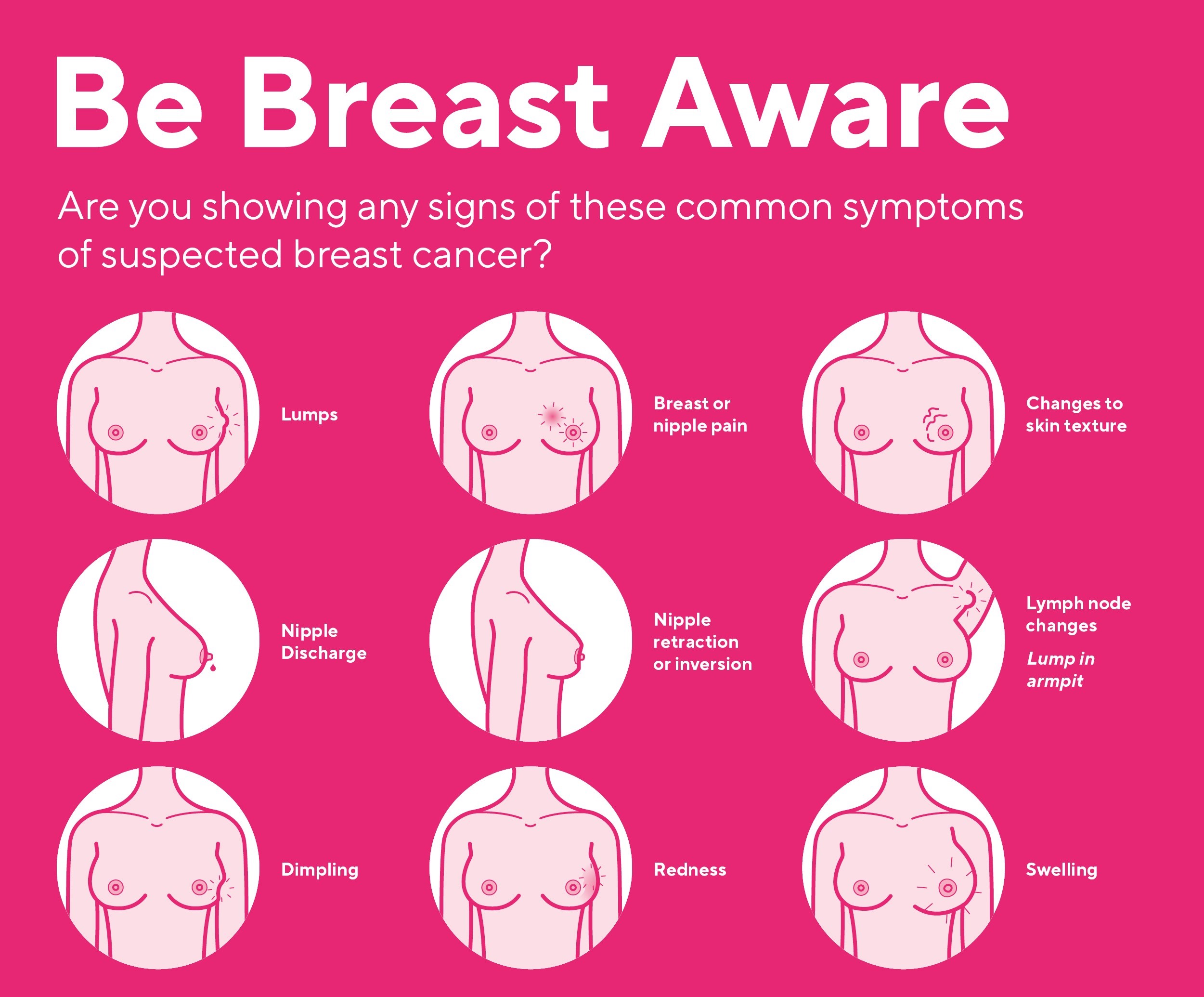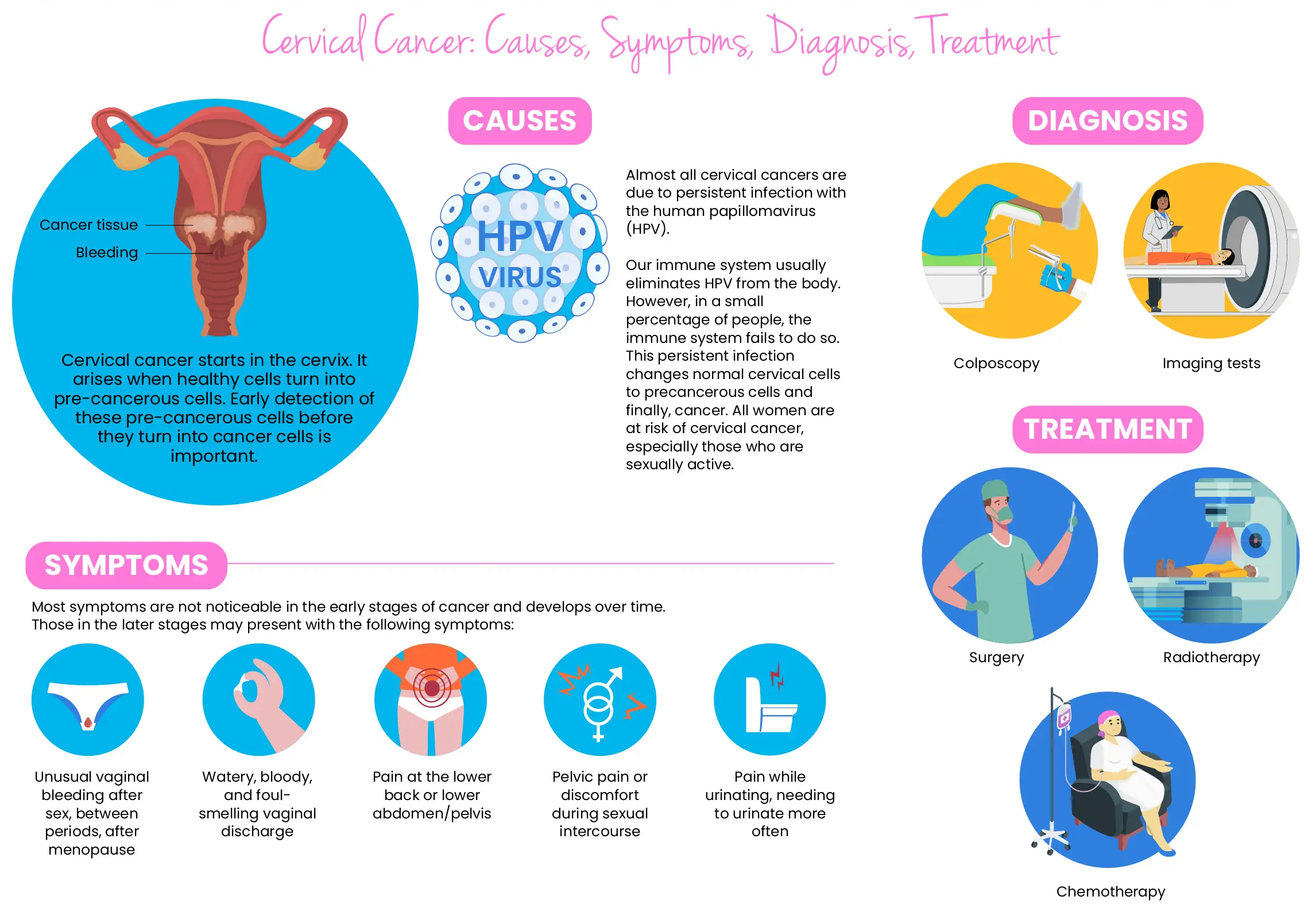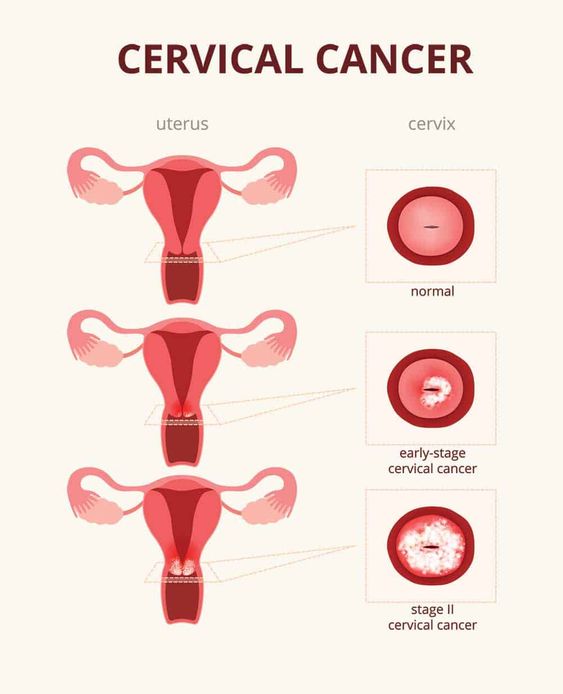Cervical Cancer
North Houston Cancer Clinic is where our expert team and doctors understand the importance of timely cervical cancer diagnosis for effective cervical cancer treatment. Our specialists are always available to provide the best care and support throughout your cancer care journey. We offer advanced technology for the screening and detection of cervical cancer. This early detection helps in better care and management of cancer and makes your treatment manageable. Our main goal is to provide the best possible care and support to our patients according to patient’s needs.
What Is Cervical Cancer ?
Cervical cancer means abnormal growth of cells in the lining of the cervix. It is a severe type of cancer, but you can prevent this cancer. The cervix is the leading site of cervical cancer. It is the lower part of the uterus, and the uterus is connected to the vagina. The uterus is the part where the fetus grows). It will form a tumor in the cervix if it spreads abnormally. It can occur in all age groups, but commonly, cervical cancer diagnosis shows it is present mainly in women aged 45-50. It is estimated that more than 1000 people have been diagnosed with cervical cancer in recent years.
At North Houston Cancer Clinics, we prioritize your well-being and comfort over any other thing by offering cervical cancer diagnosis and effective and advanced cervical cancer treatments.

Cervical Cancer Treatments & Diagnostics
Cervical cancer treatment depends upon the stage, size, and shape of the tumor and the general health and desire of having children with women having cervical cancer.
Expert surgeons can treat cervical cancer by removing the tumor or destroying the tissue. There are many surgical ways to remove cervical cancer without removing the uterus because of the desire of women to have a child in the future.
- Cryotherapy
- Hysterectomy
- Laser therapy
- LEEP (Loop Electrosurgical Excision Procedure)
Other than these, more advanced ways are available at North Houston Cancer Clinics for better cervical cancer treatments.
- Radical Hysterectomy – Removes uterus and surrounding tissues with the upper part of the vagina
- Radiation Therapy, which includes low doses of chemotherapy
- Pelvic Exenteration, which includes the type of surgery that includes all parts of the pelvis with the bladder and rectum removed.
Cervical Cancer Diagnosis
If you have experienced some signs and symptoms of cervical cancer, then you have to go for a consultation for a cervical cancer diagnosis. We have all standard and advanced techniques available for accurate diagnosis. Following is the overview of the diagnosis procedures for cervical cancer.
- Medical Examination, which includes a physical examination of the cervix, vagina, and the surrounding areas by your healthcare expert.
- The Pap Test is a diagnostic test used for cervical cancer diagnosis that detects and evaluates abnormal growth of normal cells of the cervix before they become cancerous. In this test, a sample of cells is collected from the cervix and then observed under a microscope for further detection.
- HPV Test, which includes human papillomavirus detection.
- Colposcopy with biopsy is a procedure that will be performed after the results of the pap test to confirm the detection for further effective cervical cancer treatment.
After the diagnosis is confirmed, we can start performing Cercivan cancer treatment.


Causes Of Cervical Cancer
The leading cause of cervical cancer is getting an infection from Human papillomavirus (HPV). It is the most common type of sexually transmitted infection and commonly occurs in women of different age groups. The most significant cause of cervical cancer is HPV, while some other factors cause cervical cancer, including:
- Smoking (active and passive)
- Women taking contraceptives for a more extended period
Types of Cervical Cancer
Cervical cancer can be classified into different categories depending on how it looks under the microscope. The following are two main types of cancer:
- Squamous Cell Carcinomas: This is the most common type of cervical cancer in about 9 out of 10 cervical cancer patients. It starts to develop from the outer line of the cervix, which is called the exocervix, which consists of squamous cells. It grows in the transformation zone where these cells meet the cells of the endocervix.
- Adenocarcinoma: Adenocarcinoma develops from the epithelial cells, which produce mucus in the canal. It generates about 10 % of the cervical cancer patients. It is comparatively more difficult for cervical cancer diagnosis in the case of adenocarcinoma than in squamous cell carcinoma.
In addition to these two types, three more types are rarer than these.
- Adenosquamous Carcinoma is a certain kind of cervical cancer that has characteristics of both adenocarcinoma and squamous cell carcinoma.
- Small Cell Carcinoma is a rare type of cervical cancer that only occurs in women and is mainly caused by smoking.
- Neuroendocrine Tumors develop because of some hormone-forming cells in the cervix.

Types of cancer we treat in North Houston Cancer Clinics
Frequently Asked Question
Most cervical cancers that do not spread across the cervix can easily be treated and removed by an operation called hysterectomy; It involves removing the cervix and some parts of the uterus, vagina, or lymph node. This is a procedure used for the best cervical cancer treatment.
Getting pregnant is possible during the early phase of cervical cancer. You can remove the tumor during pregnancy. In this way, you can continue your pregnancy. You can further discuss this with your doctor during the cervical cancer treatment.
Cervical cancer develops into a rough and bumpy cervix. They are also known as polyps and cysts, which may not cause pain.
Cervical cancer typically causes pain in your lower backbone and the pelvis. It also causes discomfort during intercourse and also causes discharge and bleeding from your vagina.
Cervical cancer does not spread too fast as it gradually grows and starts to develop in a condition called dysplasia. It is a slow-progressing cancer, and early detection will help in better and more effective cervical cancer treatment.
